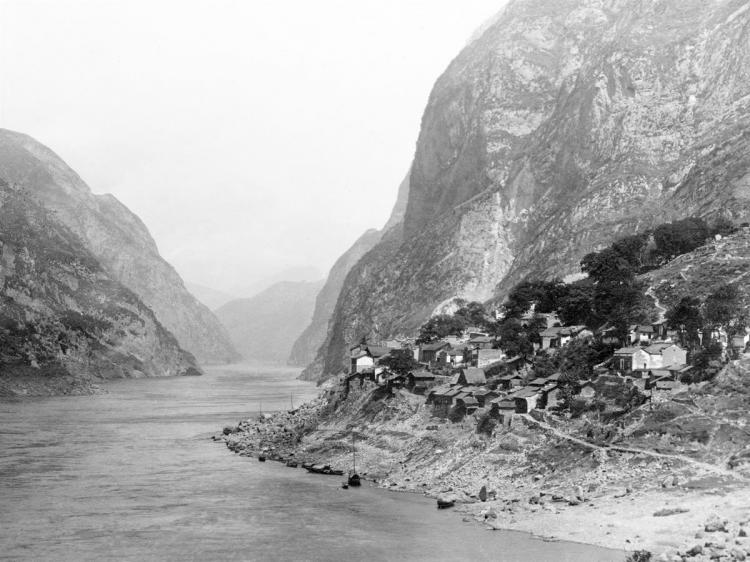Archaeologist: Rice Existed 4,000 Years Ago in Yangtze Basin
New archeological findings indicate that farming in the Yangtze Basin existed as early as 4,000 years ago.

Picture circa 1930s showing a section of Yangtze-kiang River, the longest river in China and third longest in the world, near the Sichuan basin and the Three Gorges. AFP/Getty Images
|Updated:






